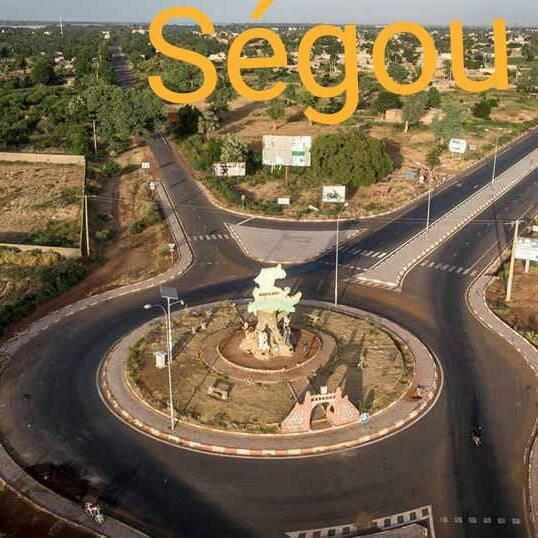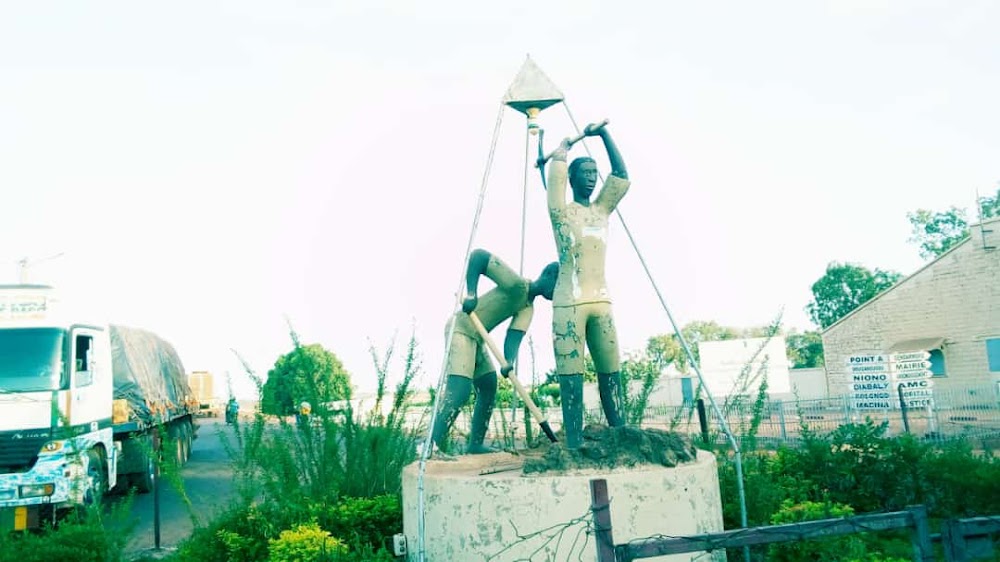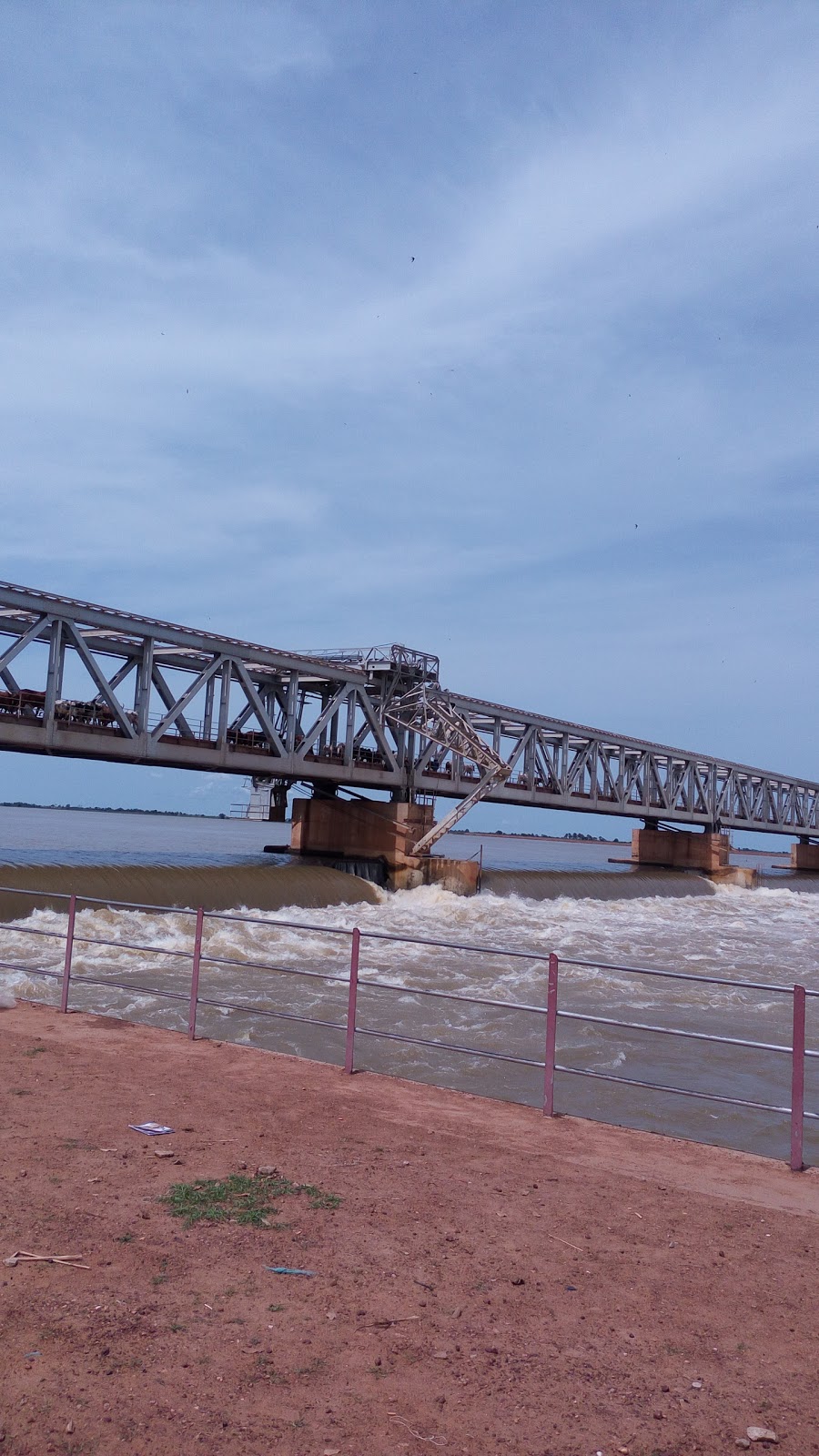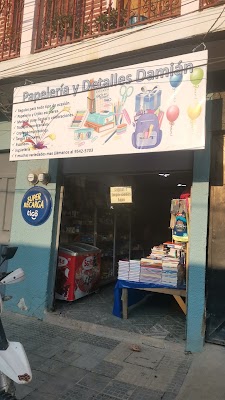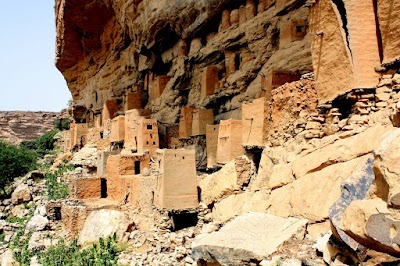Markala Dam (Barrage de Markala)
Related Places
Overview
The Markala Dam, situated in the Ségou Region of Mali, is a crucial piece of infrastructure that has profoundly influenced the region's agricultural landscape. Originally built to enhance irrigation, the dam has become a cornerstone of Mali's economy. Its construction began during the French colonial period, reflecting broader colonial ambitions to modernize and exploit the region's resources.
Construction of the Markala Dam commenced in 1934 and was completed in 1947. Spanning the mighty Niger River, one of West Africa's principal waterways, the dam was engineered to regulate the river's flow, ensuring a dependable water supply for year-round agricultural activities. The primary objectives at that time were to boost the production of cotton and rice, essential cash crops for the colony.
The dam is a barrage-type structure that stretches an impressive 2,450 meters across the Niger River. Its design features a series of gates that can be opened or closed to control upstream water levels. This regulation is vital, enabling the effective operation of the Office du Niger, one of the largest irrigation systems in West Africa, which spans approximately 960,000 hectares. Water from the dam is channeled through an extensive network of canals, transforming semi-arid land into fertile and productive fields.
The construction process was challenging and required a significant amount of human labor alongside material imports. Given the era's limited machinery, much of the work was manual. Thousands of local workers were employed, and despite arduous conditions, their collective efforts led to the dam's successful completion. This monumental endeavor not only provided immediate employment but also yielded long-term economic benefits through increased agricultural productivity.
The Markala Dam was specifically designed to manage the seasonal variations of the Niger River, which experiences annual flooding. By controlling these floodwaters, the dam plays a critical role in preventing the inundation of farmland and settlements downstream. This capability is essential for safeguarding the livelihoods of communities residing in the floodplains and for sustaining agricultural practices in the region.
Over the years, the Markala Dam has undergone a series of upgrades and maintenance efforts to ensure its efficiency and safety. Enhancements have included reinforcing the dam structure, modernizing gates and sluices, and expanding the irrigation network. These improvements are crucial for adapting to changing environmental conditions, increasing water demands, and advancements in engineering technology.
Today, the Markala Dam stands as an essential asset for Mali, continuing to bolster the country's agricultural sector and contributing significantly to food security and economic stability. The rice and cotton cultivated in the irrigated areas not only serve local markets but are also exported, generating valuable foreign exchange.
Beyond its economic impact, the dam fosters community development in the surrounding areas. The availability of water has enabled a variety of agricultural activities, including fishing and livestock farming. This agricultural diversity helps to mitigate the risks associated with dependence on a single crop and enhances the resilience of local economies.
However, the Markala Dam and its associated irrigation system face ongoing challenges. Climate change presents a significant threat, potentially impacting water availability and management. Ensuring sustainable water resource use and adapting to environmental changes will be essential for the region's future.
In summary, the Markala Dam in Ségou, Mali, epitomizes human ingenuity and the transformative potential of infrastructure development. By harnessing and controlling the flow of the Niger River, it has turned vast stretches of arid land into productive agricultural fields, driving economic growth and improving the livelihoods of many. Its construction is not just a tale of collective effort; it embodies a vision for a better future—an enduring legacy that continues to benefit the region today.



